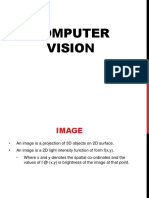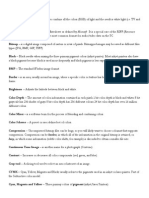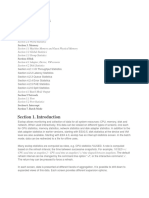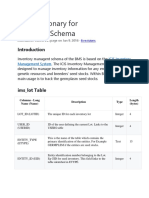0% found this document useful (0 votes)
14 views4 pagesL3-Image Formats
The document discusses image storage and file formats, emphasizing the importance of standard formats for interoperability across different systems. It details various file formats like GIF, JPEG, and PNG, along with concepts of spatial and intensity level resolution in digital images. The document also explains how pixel values and gray levels affect image quality and detail discernibility.
Uploaded by
adrijazenCopyright
© © All Rights Reserved
We take content rights seriously. If you suspect this is your content, claim it here.
Available Formats
Download as PDF, TXT or read online on Scribd
0% found this document useful (0 votes)
14 views4 pagesL3-Image Formats
The document discusses image storage and file formats, emphasizing the importance of standard formats for interoperability across different systems. It details various file formats like GIF, JPEG, and PNG, along with concepts of spatial and intensity level resolution in digital images. The document also explains how pixel values and gray levels affect image quality and detail discernibility.
Uploaded by
adrijazenCopyright
© © All Rights Reserved
We take content rights seriously. If you suspect this is your content, claim it here.
Available Formats
Download as PDF, TXT or read online on Scribd
/ 4






























































































